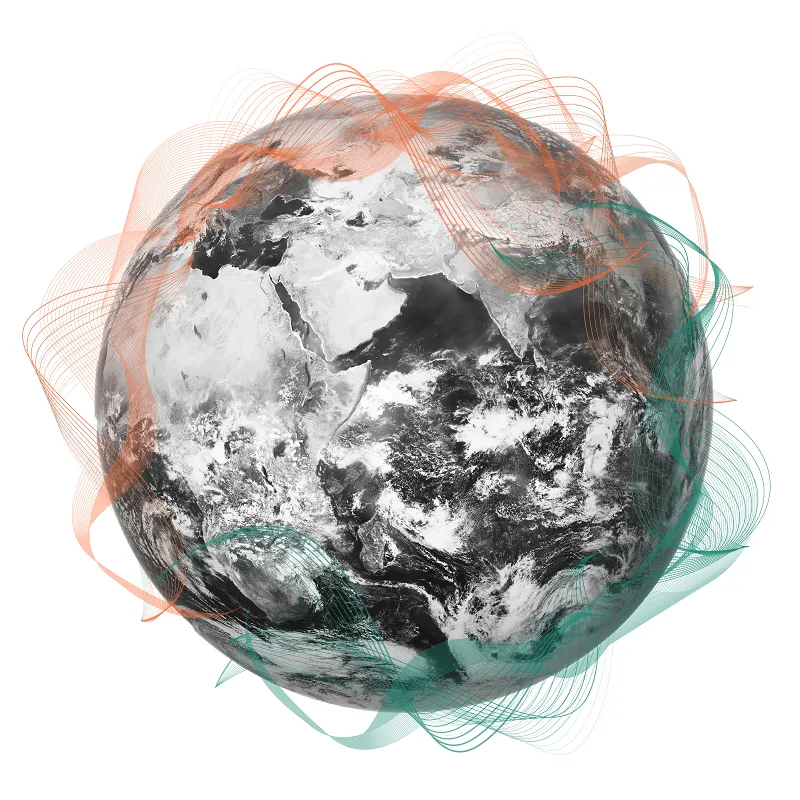In 2018, a workshop focused on climate risk and long-term ambition for the Poseidon Principles took place in London. The Poseidon Principles are aligned with the goals of the International Maritime Organisation (IMO), and help financial institutions to support ship owners in reducing GHG emissions by at least 50 per cent by 2050. They are applied across lending, leasing and financial guarantors.
The issue
While the Poseidon Principles provided a positive step forward for the banking sector, a similar framework was required for charterers. Subsequently, workshops were held in Singapore, Hong Kong and Geneva, to develop the Sea Cargo Charter. A range of organisations with cargo interests, including Anglo American, Cargill, Dow, Total and Trafigura worked with the Global Maritime Forum, UMAS and Smart Freight Centre to develop a transparent process for emissions reporting.
The implementation
A drafting group kick-off meeting was held at the Global Maritime Forum 2019 Annual Summit in Singapore. From there, the drafting group developed the initial principles for the Sea Cargo Charter between November 2019 and March 2020, with the final framework completed by July of that year. It was launched in October 2020.
According to Louise, it was beneficial to engage a wide range of constituents across agriculture, chemical, oil and more. Once the agreed methodology was finalised it was handed over to the signatories for implementation. “We act as the Secretariat, but it belongs to the members,” Louise explains. “We continue to act as advisors and address any issues that arise.”
For signatories, the expectation is that they publicly acknowledge their position as a signatory. Each signatory is expected to publish the vessel category climate alignment scores and total annual activity alignment score of its chartering activities annually. This requirement must take place in the calendar year after an organisation became a signatory.
Sea Cargo Charter impact
Ultimately, the Sea Cargo Charter allows signatories to better assess their present position and see how they are aligned with IMO targets. “By collecting data, signatories get a clear visibility over their chartering activities and can make decisions about future operations,” Louise explains. Signatories agree to work with ship owners, and business partners to collect and process the information necessary to calculate carbon intensity, total GHG emissions and assess their climate alignment.
The results of the reporting from signatories help to set an “implicit target”, Louise says. In the long-term, she believes it will provide more transparency and improved flow of data. It also, “creates a strong dynamic between financiers and charters, with banks increasingly financing responsible shipping,” she adds.
A key lesson learned is the value of managing the industry’s decarbonisation trajectory as a collective. The trajectory is a representation of how many grams of CO2 can be emitted to move one tonne of goods one nautical mile over a time horizon. To assess climate alignment of a voyage, the carbon intensity is compared with the decarbonisation trajectory for its respective ship type and size class. This provides an “apples for apples” comparison, Louise says.
Benefits of third-party verifiers
At present, there is no formal accreditation for third-party verifiers. However, Louise points out that the signatories understand that it is essential to publish accurate reports. In time though, the signatories may vote for a specific system of verification.
For now, many are choosing to follow the Sea Cargo Charter’s ‘preferred pathway’ and engage trusted third-party suppliers such as RightShip, to ensure they are meeting the technical standards required for reliable data assessment and reporting.
In terms of the Charter itself, organisations including Smart Freight Centre and UMAS are engaged in an ongoing capacity to ensure the technical expertise in the framework remains relevant and accurate.
Looking to the future
Today the Sea Cargo Charter is owned by the signatories, with oversight from the Secretariat. It is fully operational, but there is still room for enhancement. For example, calculations of the complete emissions lifecycle can be expanded over time. “The house has been built, it is possible to add more furniture,” Louise says.
She believes it will grow in the coming years and says a broad uptake of the Charter will be valuable. “The bigger the better,” she suggests. In the meantime, “This is a useful tool to make sure we stay synchronised and act as a family, working to reduce emissions together,” Louise concludes.
The Sea Cargo Charter provides a global framework for aligning chartering activities with responsible environmental behavior to promote international shipping's decarbonization.To find out more, head to the Sea Cargo Charter's website.
